Permafrost Regions: What is Happening There?
The quick answer to this question is: we really don’t know all that we need to know.
The weather apps on our phones or PC are remarkably good at providing weather information which we use for any variety of activities. The U.S. has more than 10,000 weather stations that provide measurements on wind speed, wind direction, humidity, precipitation amounts, temperature, atmospheric pressure, solar radiation intensity and more. These data are combined using powerful computers to then come up with hourly and daily weather predictions.
Worldwide, there are about 40,000 weather stations and the data is sent to big data processing centers that develop these forecasts for local and regional use. Their timely reports have saved many lives from floods, typhoons, heat waves, fires and other weather-related disasters.
However, it is the multi-decade cumulative collection of daily weather data that provides scientists with the data necessary to study and evaluate changes to Earth’s climate over time. It is these long-term data along with other information that convince us that Earth’s climate is warming and the implications of that warming.
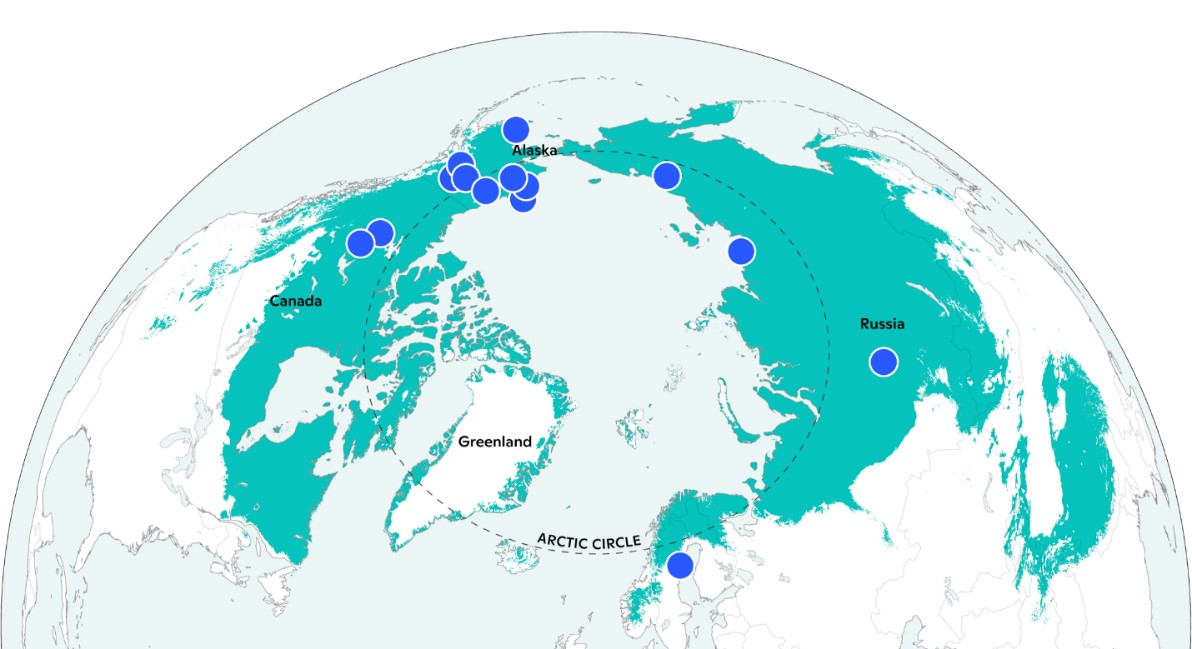
But we do have some gaps. Big ones.
While there are about 40,000 weather stations worldwide, almost all are in the tropics or middle latitudes. However, there are still many aspects of Earth’s weather and climate in remote locations for which we have little information. We just do not have the data to fully understand the climate system and the implications are serious.
See map of this Arctic region looking down at the North Pole. As shown, starting to the left of center we have Greenland, the Canadian Arctic, Alaska, and then the huge area in Siberia [Russia] to the right.
In this map provided by Woodwell Climate Research Center in Woods Hole, MA, we see 14 blue dots over this enormous area, each one a weather station. Unlike the large number of weather stations in Earth’s tropical and temperate zones, these few sites are the only monitoring stations taking measurements that are most important for helping to understand Earth’s climate system, climate change and what we might expect in the near future.
Let’s look at this permafrost area in the Northern Hemisphere in the circumpolar Arctic region. This region consists of some 8.8 million square miles or 11% of the total global land surface. It is one of the most important areas in our warming planet with changes happening there that we know little about but that have huge implications.
By definition permafrost is land that continuously remains below 32 degrees Fahrenheit for two or more years; in some areas permafrost can reach depths up to about 3,000 feet or more.
So, what is the concern? It is simple.
See the temperature chart showing the temperature, 12 to 32 degrees F on the left vertical axis: with the years, 1975 to 2020, on the bottom horizontal axis. Data reported by epa.gov/sites/default/files/permafrost.
The temperatures in these 15 boreholes across Alaska are all increasing with some approaching 32 degrees F. The open boxes are data from “Northern Alaska” while the solid boxes are from “Interior Alaska.” The methane and huge amount of organic matter trapped in the soil, along with any carbon dioxide present, will be released into the atmosphere as this melting permafrost adds significantly to the GHGs in the atmosphere.
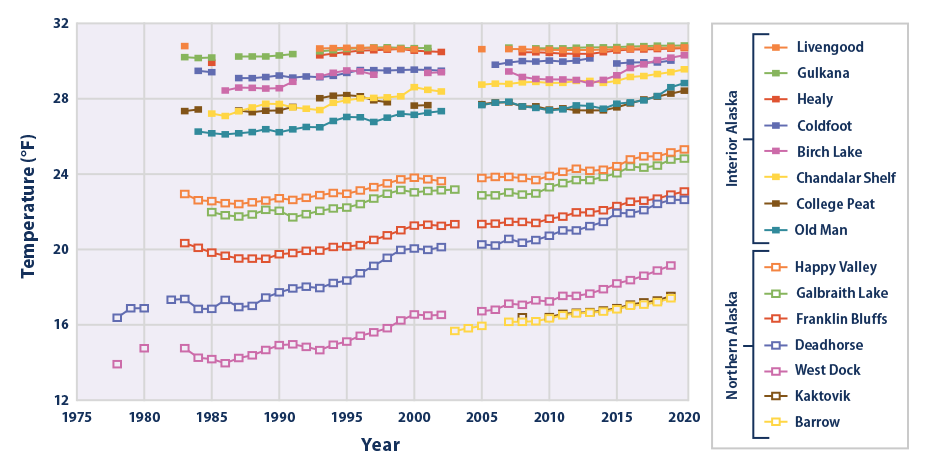
See photo of methane gas bubbles trapped under lake ice in Alaska. It is generated by bacteria that consume carbon released from thawing permafrost. Image: Miriam Jones/USGS.
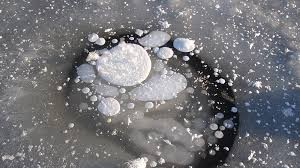
This simple substance or molecule, methane, is many times more powerful than carbon dioxide as a greenhouse gas [GHG].
See the illustration of this molecule, which consists of a central carbon atom [C] attached to four hydrogen atoms [H]. This is the same substance that is called“natural gas” that is used to heat many of our homes and is used to generate electricity among other uses.
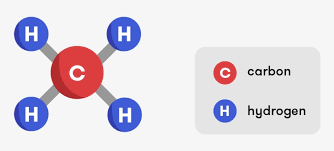
Enter Woodwell Climate Research Center.
Together with partners from Harvard and the Alaska Institute of Justice Woodwell has developed a 6-year, $41 million project to fill in gaps in monitoring temperatures as well as GHG emissions across the Arctic from thawing permafrost.
This project is being financed by private donors including Mackenzie Scott the billionaire philanthropist and former wife of Jeff Bezos. Indeed, the bulk of the funding is coming from Ms. Scott.
In addition to helping understand our climate system and threats to it, the intent is to help people in the Native communities, who are struggling with thawing ground and problems associated with it. One serious issue is the damage done to the roads making transport between families and communitiesmore difficult. See EPA photo.
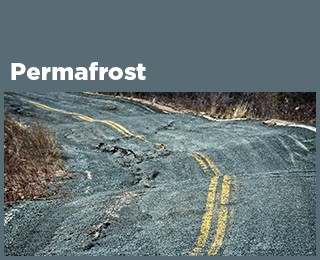
Woodwell Climate Research Center is offering a new and free 4-week course, “Thawing Permafrost: Science, Policy, and Environmental Justice in the Arctic” using FutureLearn’s platform. A search using these words will provide the needed contact information. There is no cost for those who register before November 24, 2022.
Permafrost thaw is an underappreciated problem and data collection, understanding, and education is the goal.
Meanwhile, as part of the energy disruption in transportation happening right now, plug-in electric vehicles scored over 636,000 registrations in China in September 2022 alone. Far more than the rest of the world combined. Impressive.
And so it goes . . . .
The scientific career of Raymond N. Johnson, Ph.D., spanned 30 years in research and development as an organic/analytical chemist. He is currently founder and director of the Institute of Climate Studies USA (www.ICSUSA.org). Climate Science is published monthly.



